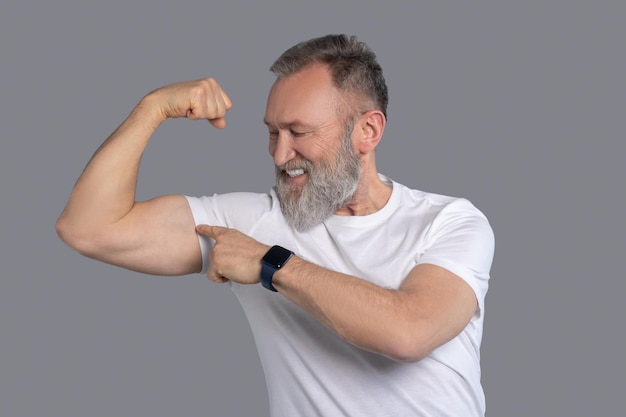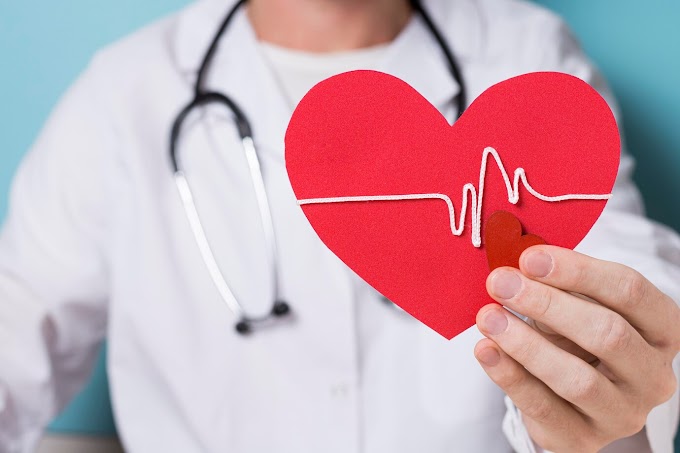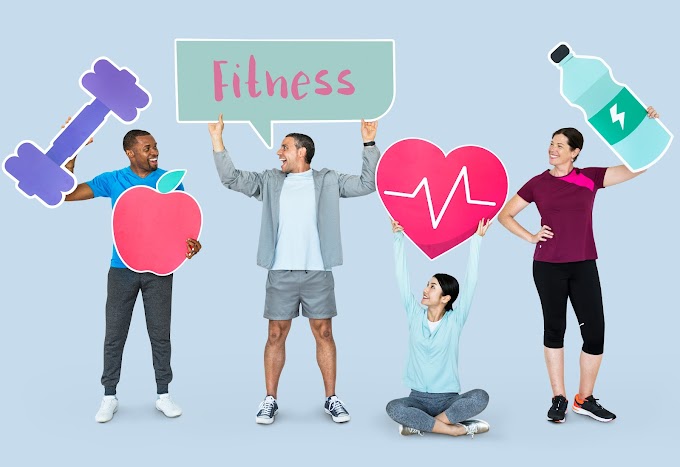Hello there, and welcome to our oral-hygiene instruction post. I'm Dr. Alec Eidelman with the Cambridge Health Alliance and the Harvard School of Dental Medicine. Today we are going to be talking about some very important recommendations and guidelines for children and caretakers as it relates to their oral health. Some of the things that you will well know already are the impacts that your dietary choices will
Oral Hygiene Instruction Topics List :
- Brushing:
- Applying Toothpaste:
- Brushing Techniques:
- Singing Songs:
- Toothpaste:
- Fluoride:
- Flossing:
- How to Floss:
- Dental Floss:

have on your child's health as well as how to maintain their hygiene through actions such as brushing, flossing, and other things of that nature. We're going to be going over these in depth as far as how each of these recommendations might relate to people within their own ages and some other conditions that might be going out, such as if they have braces.
Brushing:
First to
pic that we're going to be talking about today is brushing. It's very important for individuals to be brushing once their teeth start to erupt. Eruption is when the tooth begins to grow out of the gums
and you can see it. For babies, this typically happens around six months of age, and they will have all 20 of their baby teeth usually by the age of 2 and 1/2 to 3.
Applying Toothpaste:
I'm now going to demonstrate one of the ways to actually apply the toothpaste to the toothbrush. You can start by wetting the toothbrush. It might get any of the things that might be remaining on the toothbrush off of it. Afterwards, I'm going to open my toothpaste
and place just a smear on the top of it. This is all of the toothpaste that will be needed in order to brush the teeth. Now, this will be able to last on all of the tooth surfaces throughout the mouth.
Brushing Techniques:
Some of the instructions that we want to be able to go over as far as brushing techniques-- and we have this model right here to help us-- is to be able to brush in a 45-degree angle towards the tooth. Another way to say this is that you are brushing both the tooth
surface and all of those surfaces-- the front, top, and back, as well as the gum line. The gum line is where a lot of the plaque is held for, unfortunately, some of the stickier foods. It's important to be able to pay extra-close attention to each one of these places.
Singing Songs:
Typically, people will brush their teeth for around two minutes. Another way to pass the time during these two minutes is singing songs for your children. For those that are in their youngest ages and just beginning to have their first practices for brushing, it might be helpful to sing some songs. Some of the ones that are commonly sung are the ABCs or "Twinkle Twinkle Little Star.
" There are also a number of hygiene apps for your phone to be able to help keep track of how long your child has been brushing. Some of the very important things as it relates to brushing is what kind of toothpaste to use. Toothpaste is the material that you put on top of the toothbrush in order to help create that cleaning action for the teeth.
Toothpaste:
We recommend for children that are just in their early ages of growing, from those first ages up until three, to only use a smear of toothpaste on top of their brush. A smear is just a thin layer that goes on top of the toothbrush and is able to cover
just a very little part of it. In the future as you grow older, typically the amount of toothpaste that you will use grows up to the size of a frozen pea. You do not need very much toothpaste while practicing your brushing techniques.
Fluoride:
It is also important that when you are through brushing your teeth that you can spit out into the sink but not to rinse with water afterwards as there is a very important mineral and vitamin inside of toothpaste called fluoride. Those people that grow up in an area that have fluoride in the water will not need to worry about having to add any extra fluoride to their toothpaste or to their diet.
It is important to talk with your primary-care provider or your dentist or other oral-health professionals, such as a hygienist who cleans your teeth, to be able to talk about how much fluoride each of your children should be ingesting for their health. There are many studies that show that the safety of using fluoride in all of our toothpaste and other products, and we typically will only have the right amount in those actual water supply.
Flossing:
The next topic that we're going to be discussing as part of the oral-hygiene techniques is something called flossing. Flossing is the action of using a dental tape to actually be able to remove any of the debris called plaque that is stuck in between the teeth. It's very important for the gums and the teeth that floss is used correctly. One of the first things to discuss is how much floss to use.
Typically I use about one arm's length. Depending on how much floss you have available to you, you can use a little bit more if you are comfortable. One thing that I do when starting to floss is I wrap it around my ring fingers on both hands so that I have the ability to hold on to it with just my forefinger and thumb. This allows me to be able to hold on to the floss comfortably without cutting off the blood supply to my fingers. We do not want to do that.
How to Floss:
The first thing we're going to do is to push the floss in between the teeth. You will usually hear a snap or feel it. This is good because that means the teeth are touching each other. As the floss goes down towards the gum line, you will then be able to feel it go into the actual gums. We will then be making a C shape with the floss. This is good because it hugs the tooth and allows as much
of the floss to touch the tooth surface as possible. We'll go back and forth and up and down to both sides of the teeth, the ones that are in front of the floss and the ones behind it. As we move in between, we can then use a different section of the floss to do the next teeth next to it. We will then progress against all the other teeth that are touching each other.
Dental Floss:
One thing to keep in mind is that as you go from one tooth to the next, you can use a different section of the dental floss to do so. Dental floss comes in a variety of different packages. Some of them are called dental tape. Other ones are called dental floss. They are relatively used the same way. The other thing you might be able to see is that it sometimes has fluoride in it and other times it does not. Both of these are healthy. Flossing is recommended for those individuals that have teeth touching each other. Oftentimes when a child is under the age of three when they have all 20 of their new teeth just coming in, many of these teeth are not actually touching each other. While it's important to be taking care of these teeth, flossing may not be necessary until there is actual contact between the teeth. That being said, even when there is contact between the teeth, flossing can be quite difficult. It involves quite a bit of technique, which is why it's important for you to have the ability to talk to a dental professional such as a dentist, an assistant, or even a hygienist to be able to ask any questions that you might have about flossing. There are some commercial products that are called floss aids that might be able to help if anyone has difficulty holding on to the floss and being able to use it appropriately

on their teeth. It is important for you to find the right flossing technique that works for you. Many children from even young ages will oftentimes need something in order to help with their teeth to grow in the right direction. Many people will often have something called braces or retainers, which can help to push the teeth in different directions of forward, backward, or side to side. Having braces is particularly difficult sometimes to help keep those teeth clean, which is why we want to pay some extra careful attention towards brushing and flossing when we have something that is stuck to the teeth like the braces. What can happen is that plaque, which is the bacteria that gets stuck to our teeth which can sometimes cause cavities or give us bad breath, is a little bit more difficult to clean when we have braces on, which is why we could use different things to help with the flossing technique called a floss aid or a small brush that can be given to you by someone like a dentist or orthodontist that is a smaller version of the toothbrush to go in between the brackets and wires. It is also critically important to be able to go to your dentist, orthodontist, pediatric dentist, or hygienist to have a cleaning more frequently when you have braces on. Sometimes this will be every four months as opposed to every six months.
Conclusion:
We hope that you found the information and materials presented in the oral-hygiene instruction post that we are providing somewhat helpful for providing additional information around promoting healthy oral habits. We understand that every person is different, but it's very important to have some shared understanding around some of the things that we know will help protect your oral health and those of your children. One thing that we do want to make sure is that you visit any of our partners
that have a lot of the evidence and also guidelines specifically written down so that you can reference it whenever you feel like you want some more information. Thank you for your attention and for also wanting to promote some kind of oral-health instruction and hygiene towards your daily practices. We hope that everyone can find the right resources that are correct for them to be able to promote optimal oral health and systemic health because one thing that we do understand is that good oral health promotes good overall health.

.jpg)
.jpg)
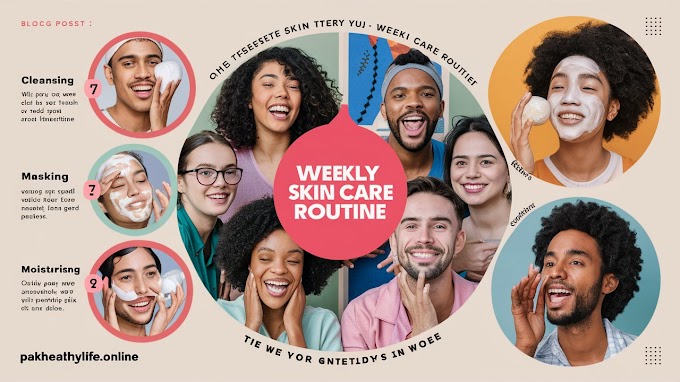
.jpg)
.jpg)
.jpg)

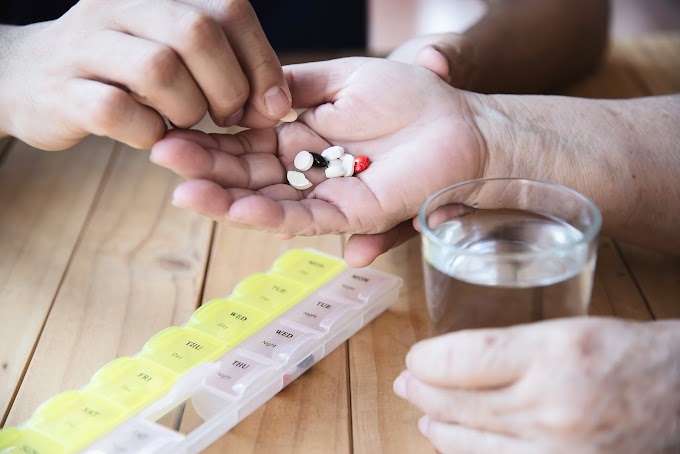
.jpg)

